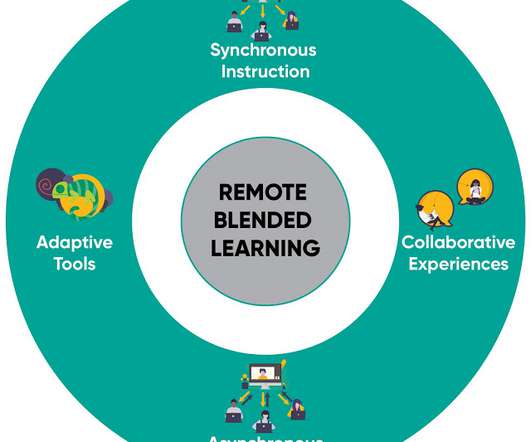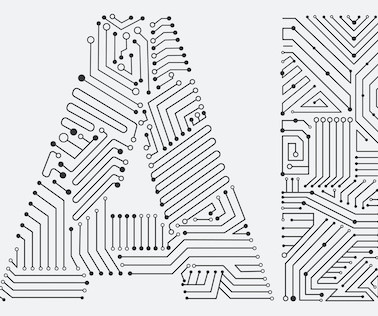How Asynchronous Tech Can Bridge the Digital Divide
eSchool News
JUNE 20, 2023
So it is when discussing the idea of digital equity. Every student deserves the right to high-bandwidth, solid-state, always-on access to the Internet, right? The reality, of course, is always going to be different. Reality check: A 2021 report from Common Sense Media found that 15 to 16 million K-12 public school students in the U.S.




























Let's personalize your content